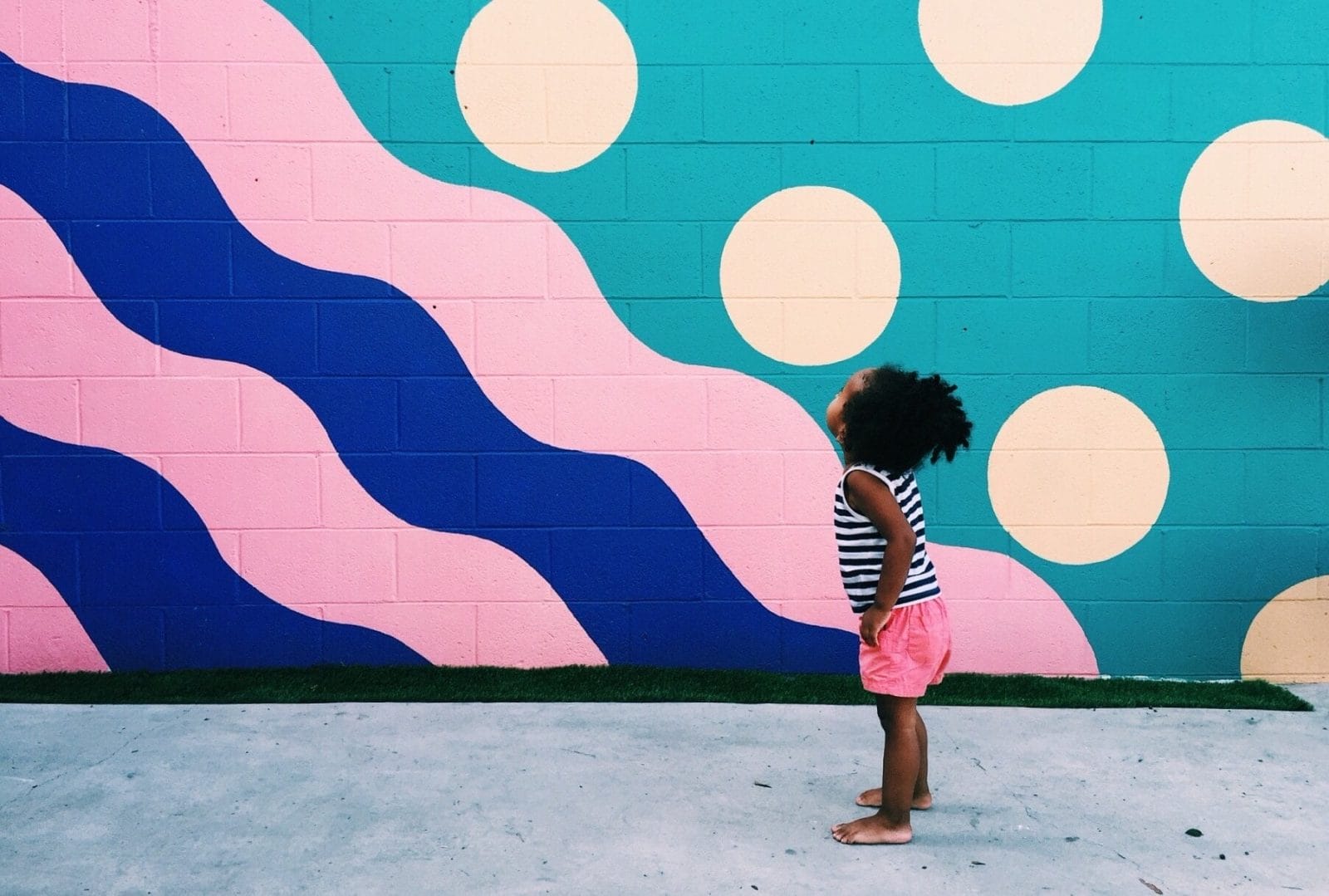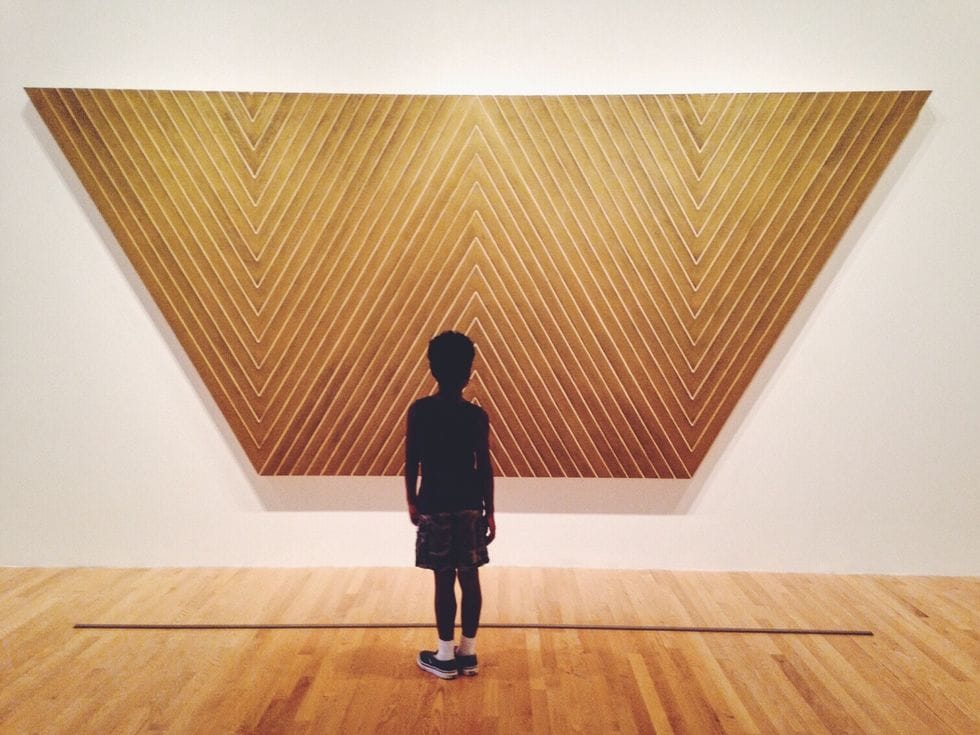7 secrets of a teacher mama: How I help my little one learn

Finding the balance between structure and free play is the key.
Sing! Sing! Sing!
There is nothing sweeter to your little one than the sound of your voice! (Even if you are 97% sure you sound like a dying cat.)
Change up the words to familiar melodies like “Row, Row, Row Your Boat.” Anything and everything can be turned into a song—the sillier the better! In our family, we sing about getting dressed, diaper changes, bushing teeth, eating those mmm…yummy vegetables, and everything in between! Along with being fun and engaging, music helps children break information into pieces that can be easily remembered. (The same way song lyrics from your high school years are forever engrained into your memory.) Try to incorporate your child’s name whenever possible and watch that little face light up! My little girl’s name is Blake. She loves when we sing her name to the tune of “Bingo.”
Bonus—this helps her recognize the letters in her name.
Take the role of facilitator.

Instead of taking control, think of yourself as your child’s guide. Your little one should feel as though she is in charge of her own learning. This will allow her to take more responsibility for lessons learned. For example, let her chose the toy she wants to play with. Take a second to point out details like colors or shapes and then give her some space. Wait for your tot to engage you. (It doesn’t usually take long!) Once your child approaches and appears eager to learn more, that’s your golden ticket to teach away!
Your child’s coolest toy is YOU!
Don’t stress over finding the perfect educational toys. Use what you have around the house to engage your babe—she won’t even notice if it wasn’t purchased in the toy section. It can be second nature to talk about the physical characteristics of what your child is playing with (e.g., color, size, shape, texture, or weight). But, don’t forget to talk about the functions of baby’s playthings. “Look! The ball bounces. I can roll it to you like this. Can you roll it back?“
Looking back on the last few years as a mother, those early months spent worrying about my child’s cognitive development seem so unfounded—especially when I could have been catching a few zzz’s instead! A loving environment with the opportunity to explore and seek out help is all most children really need to learn their ABC’s, count to ten, and color in the lines.
You’ve got this, mama! One teachable moment at a time.
Keep a learning journal or calendar.

Quickly jot down the activities and lessons you emphasize on certain days to shed more light on your child’s learning style and patterns.
If it seems like your babe mastered something overnight, you’ll be able to see exactly what you did to help speed that learning along.
With this knowledge, you can customize your teaching strategies to play to your child’s unique strengths. For keeping track with your phone, try the Moment Diary or Sprout apps!
Master the art of motivation.

One of the best ways to motivate or reward your child is with specific praise. Even though this was drilled in during my time teaching, I still occasionally catch myself offering a quick and generic “Good job!” when my daughter accomplishes a task. But, it’s important to take a second to think of a more specific response. “I love how you stacked those blocks on top of each other!”
Clear commendation tells your little one exactly what she did that made you so proud.
When self-motivated learning connects with a sense of accomplishment, your child will be eager to explore and achieve.
As mamas, sometimes the questions we have about helping our little ones learn can become a bit consuming. What books encourage a true love of reading? How long should we read each day? When will she be old enough to actually focus on the story we’re reading? What toys are best for learning? Should I just let her play, or should I jump in and teach her about shapes, patterns, and colors? Am I pushing her too hard? Am I doing enough to take advantage of the crazy fact that babies’ brains double in size the first year?
In my transition from kindergarten teacher to stay at home mom, I spent many sleepless nights over-analyzing these questions and coming up with countless others!
As a teacher, I wanted my little girl to learn everything she needed to know as early as possible. But as a new mama, I saw that she needed her own space to explore her world.
Finding a happy medium became my new priority. Luckily, my experiences as an early childhood educator have helped me take advantage of small teachable moments each day while still providing my daughter with the independent exploration that she craves.
These are the 7 principles that have achieved balance between structured learning and free play in my home—
Read every day!

Make good habits from the very beginning. Reading to your baby from a very young age (even the last few months of your pregnancy) allows your little one to form a love of language. Story time can be any length of time that is appropriate for your child. Some tiny tots may happily sit through two readings of Green Eggs and Ham whereas some may get squirmy half way through The Very Hungry Caterpillar. You know your little one better than anyone, mama!
And remember, reading can also take place in any location.
I have been known to squeeze in a quick story during the two minutes my daughter is strapped into her high chair before dinner. Talk about a captive audience!
Reading is just the beginning.

Guide your child through stories by pointing out familiar and unfamiliar objects. Introduce new vocabulary and ask questions.
Strategies should vary from asking simple questions about objects to more complex evaluations of comprehension. Inquire about colors and shapes, what sounds animals make, what might happen as the story goes on, and your child’s favorite part.
Ask questions even before your child can verbalize answers. Ask your little one, “How many balloons do you see?” and then answer your own question with “One, Two, Three. Three balloons!” You may be talking to yourself, but you are also stretching your tot’s understanding of concepts and stimulating that budding imagination!


































